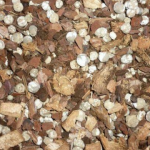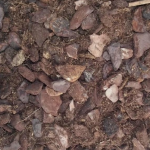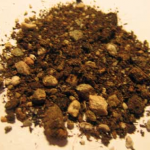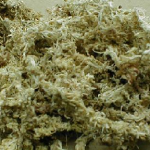+ Spanish
Terrestrial orchid’s roots prefer to be constantly humid, almost wet; epiphytical and litophyte orchid’s roots rather stay humid, but never wet. This is one of our basic care tips!! If your media is retaining too much water, your roots will rot.
Considere this when preparing your growing media mix: the most important factor is that the roots have a good ventilation and that the media allows a very good drainage.
Another thing to keep in mind is that orchids with thin roots prefer a media made with smaller chunks and that will retain water, such as Sphagnum moss. Orchids with thick roots prefer larger chunks of media where gaps will be formed; these gaps is where the roots will grow through. They prefer to stay humid, without being wet, allowing them to almost dry between waterings. The ingredients will be the same, only in different sizes.
Beside the specific needs your genus has, the most important thing to consider is the weather conditions of your home and your watering routine. If you live in a place with warm and dry environment and your mix consists mostly of bark, you’ll have to water more frequently because the bark will dry up faster and the first ounces of water you give to your plant will be absorbed by the bark instead of the roots. On the other hand, if your mix contains mostly Sphagnum moss, it will retain water longer and your roots will be happy.
On the oposite scenario, if you live in a cold place where cold seasons are long and with little light, then you’ll need a media that holds water shortly and you have to be very careful with your waterings to avoid over watering and drowning the roots. If your temperatures are very low, you can use a heating mat to help your plants keep a more comfortable temperature.
A combination for example can be: 4 parts fir bark, part charcoal and 1 part perlite. Chunks or ground, depending on the size you orchid needs.
All new media, before being ready for you to replant your plants in it, has to be washed and soaked, throughout the night if possible, to assure it will retain humidity. Place the media in a bucket and fill it with warm or hot water, let it stand. Afterwards, filter and rinse it under the tap to remove dust and small particles.
TIP: place a filter net in your sink, the smaller pieces can clog your pipes!!
This type of media requires a little more attention than the inorganic media (oposite of the LECA used in the semi hydroponic method); youl’ll have to constantly check the humidity leves before watering. A transparent plastic pot is better for this media for two reasons: it allows the entrance of light to promote photosynthesis in the roots and it will allow you to see how the roots are doing without taking the plant out time after time.




